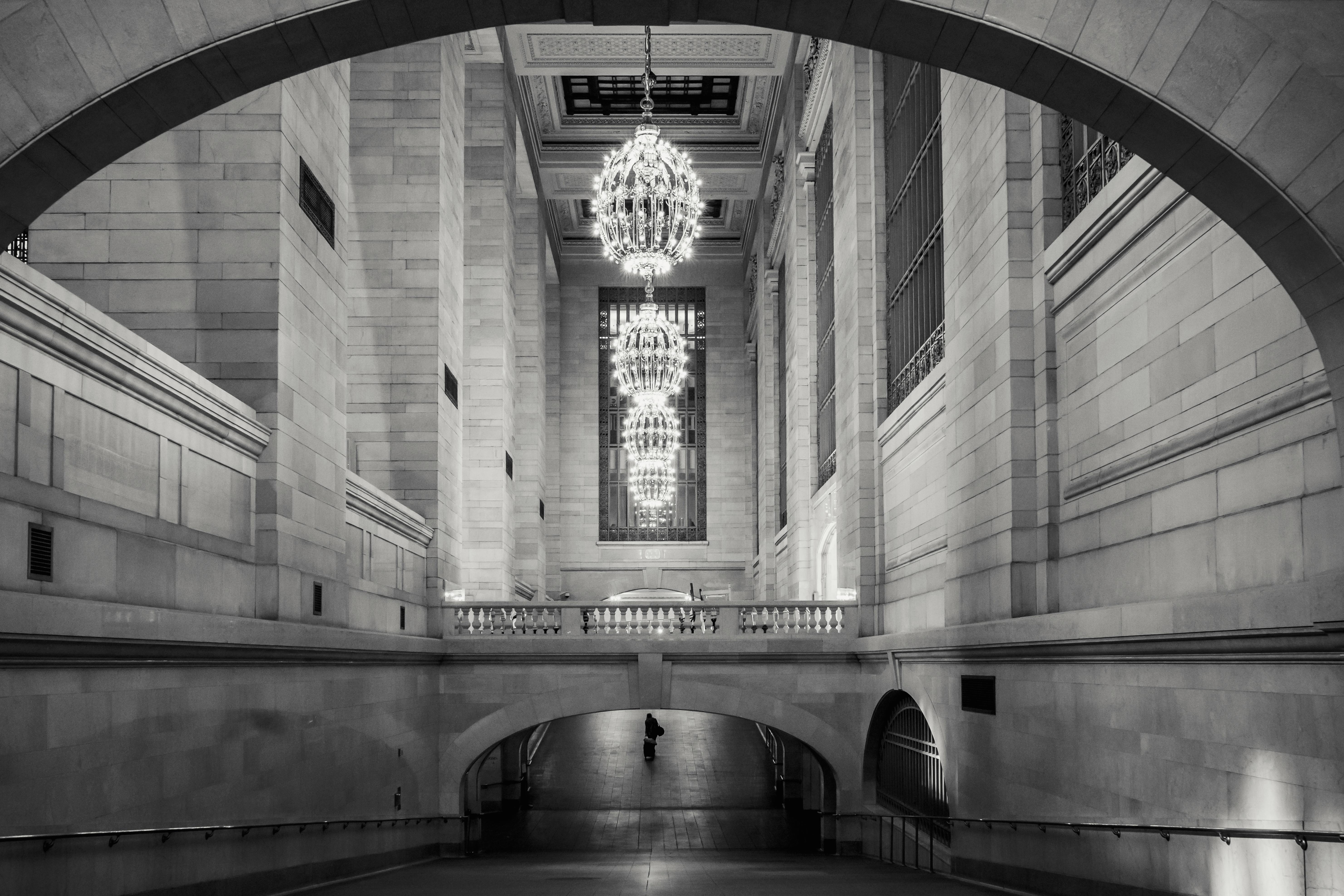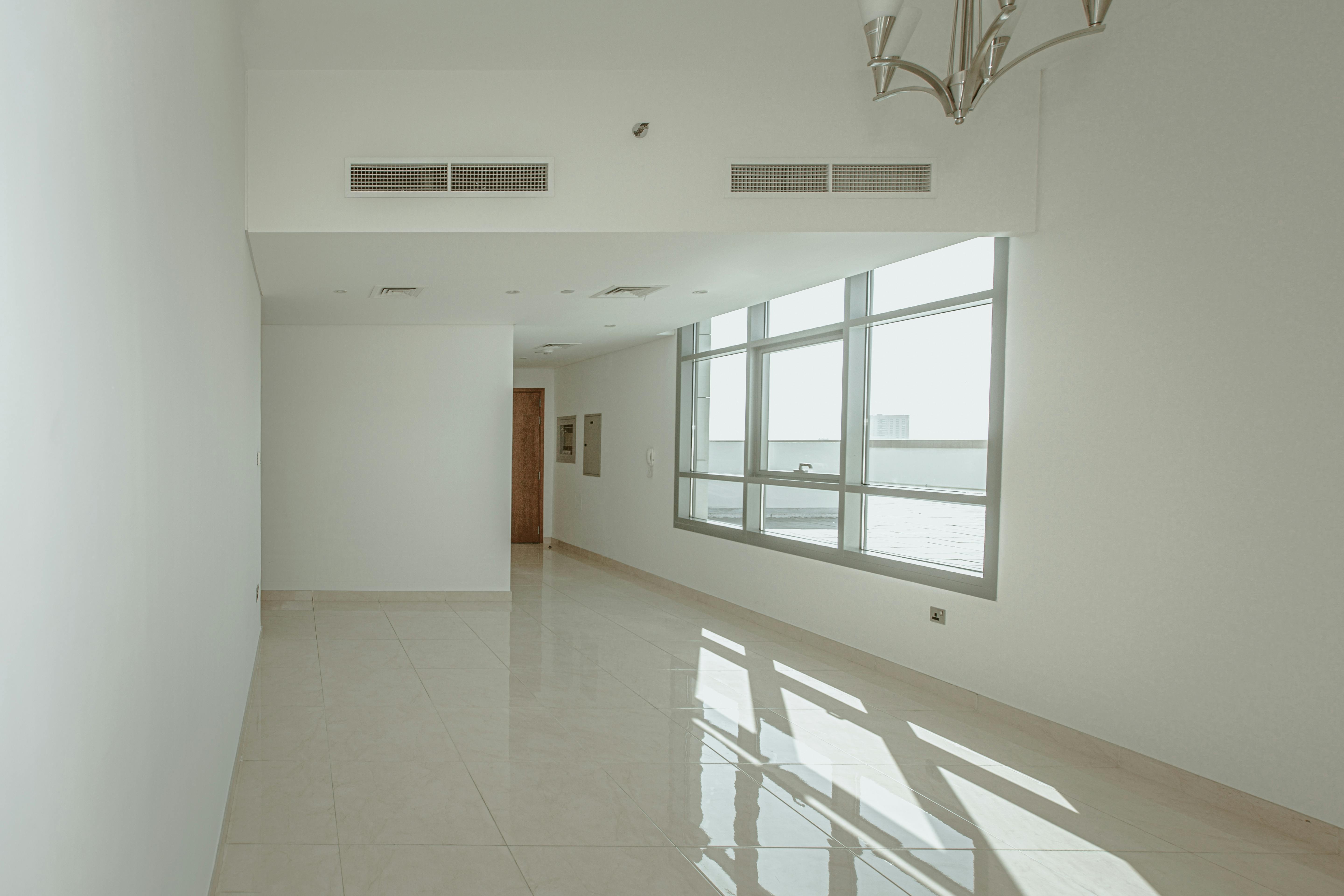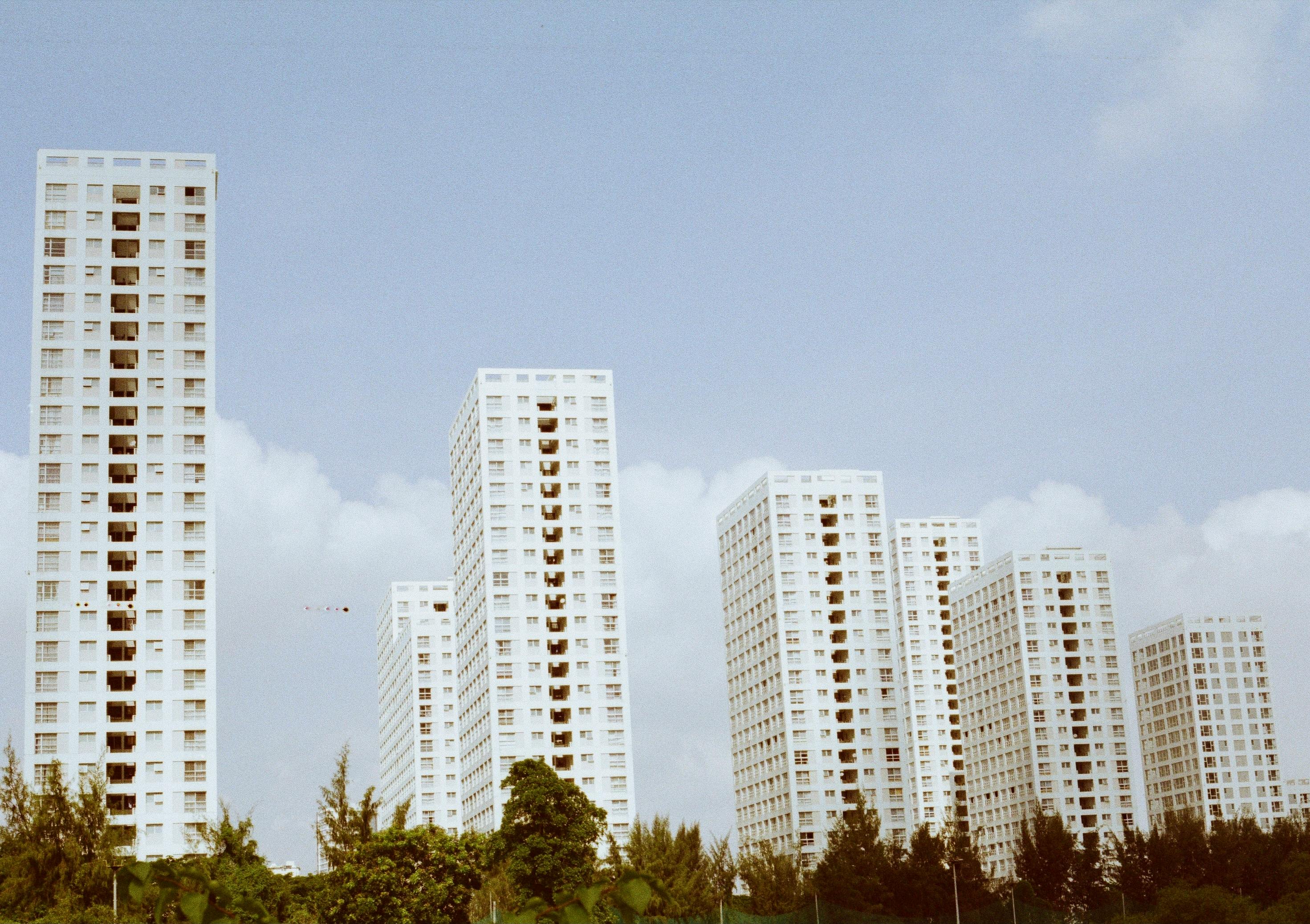According to the US Energy Information Administration, residential buildings are responsible for 21% of energy consumption in America, while the construction and operation of buildings is responsible for 50% of the greenhouse gases generated by the country. And according to Edward Mazria, an architect from Santa Fe, New Mexico, architects have a lot to answer for.
Mazria gave up a lucrative career in architecture to establish Architecture 2030, a nonprofit organization that aims to challenge the construction industry to cut carbon emissions in half by 2010 and become carbon neutral by 2030. travels across the US in an effort to raise awareness and accountability for the building industry’s responsibility in the current environmental crisis. To this end, he has written a revealing and informative white paper titled “It’s the Architecture Stupid.”
Mazria is not alone in his green housing crusade. Matthew Berman and Andrew Kotchen, partners in an architecture firm, see themselves as guerrilla fighters fighting for a global cause, namely reducing the negative impact housing has on the environment. In 2006, they won a competition to design a zero-energy affordable housing development in cyclone-ravaged New Orleans. His project is currently under construction and consists of houses and apartments that will be powered by solar panels and have integrated rainwater harvesting systems. They are also designed to take full advantage of natural ventilation and will be built using prefabricated, sustainable materials.
In addition to their New Orleans project, Berman and Kotchen design custom, energy-efficient homes for the wealthiest members of society. As part of their eco-friendly campaign, they are trying to change the way their customers perceive status and space. While many of the wealthiest members of society attribute wealth and success to the amount of square footage they own, Berman and Kotchen try to persuade them that smaller is better, and that they can have opulence, luxury and good design at home. a small space. space.
Wilfred Wang, one of America’s most colorful and controversial architects, says that for builders to save the planet they must stop building. He argues that instead of designing new buildings, or tearing down existing buildings and replacing them with entirely new structures, architects should retrofit existing buildings to make them more energy efficient.
In response to the environmental and energy crisis, many green housing projects have been proposed or implemented around the world. In Las Vegas, the Enchantment Way Development project was recently announced. The project is part of the US Green Building Council’s pilot program to introduce green building techniques and energy efficient design in the region. Part of the project will be dedicated to creating habitat for desert tortoises and protecting native desert growth.
Britain has its first fully green urbanization project on the cards, with a proposed development in London’s Docklands. The project will include wind turbines, rainwater harvesting, organic fruit and vegetable gardens, solar panels, a cycling club and a car sharing club. Austria has its own EcoCity, or Solar City, which uses modern insulation material and solar panels to reduce energy consumption and unique urban planning that places all the city’s facilities and services within walking distance of each other. Australia has the Aurora Housing Project which aims to deliver 8,000 energy efficient homes for 25,000 people over the next 20 years. And even India is getting in on the action with Kolkata’s Rabi Rashmi Abasan solar-powered housing complex.
Many people believe that the current downturn in the housing and construction markets is exactly the push green housing initiatives need to propel themselves and bring their advantages to the attention of a desperate public. A report by McGraw-Hill Construction and the National Association of Home Builders reveals that the green housing market is expected to grow from $12 billion in 2008 to between $40 and $70 billion in 2012. This suggests that green housing projects they will soon surpass traditional construction methods. both in popularity and profit margins.




